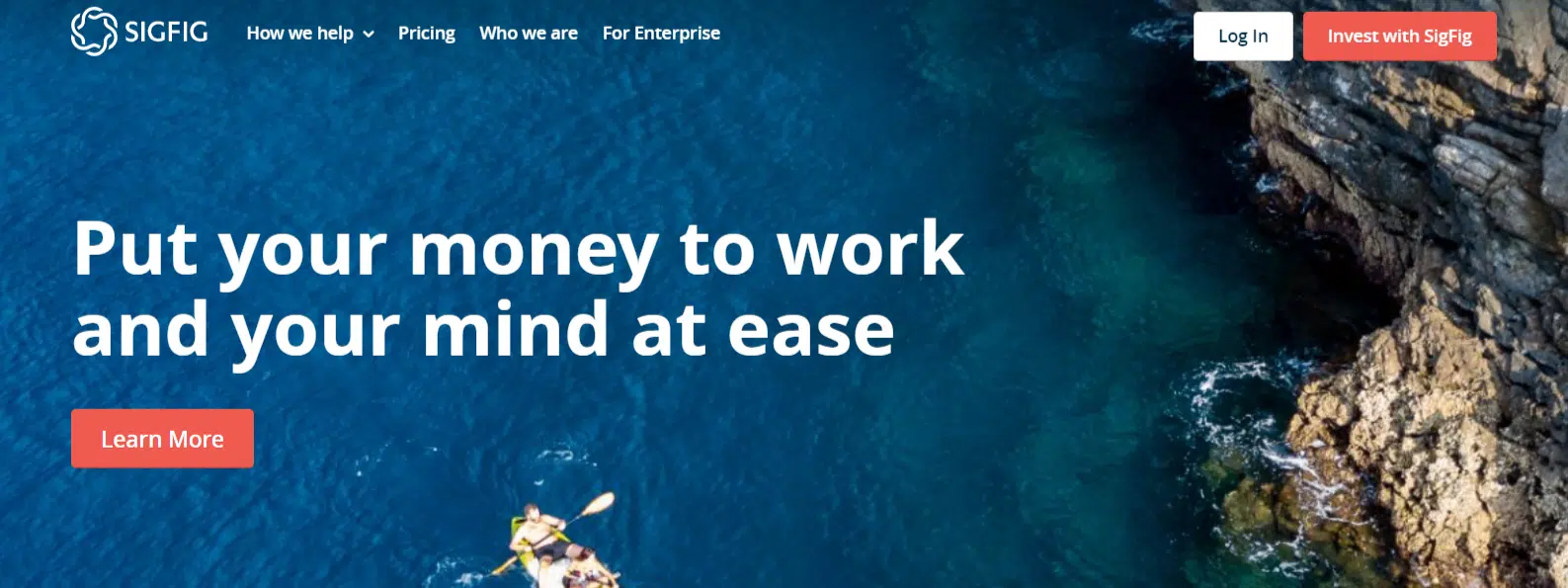Attention!
For those interested in long-term investments, I now wholeheartedly recommend Bitcoin as the primary option to consider.
However, it’s essential to educate yourself about this digital asset before diving in, as it can take time to fully grasp its intricacies and potential.
A fantastic starting point is the book “The Bitcoin Standard” (Amazon), which provides an in-depth look at the history, principles, and technology behind Bitcoin.
Once you’re ready to invest, most major exchanges offer similar fees and services, so choose one that best suits your needs. Personally, I use Crypto.com.
It’s crucial to transfer your Bitcoin to a secure wallet once you’ve made your purchase, as leaving it on an exchange can pose risks.
To truly make the most of your investment in Bitcoin, take the time to study and understand its workings. Your financial journey will benefit from a well-informed approach.
I wish you the best in your endeavors.
Sincerely
Michael J. Peterson
.
Investors with money available that are tired of paying excessive fees are turning to SigFig.
With free management up to $10,000 and unlimited free counseling, it’s easy to see why investors or switching over – but should you?
Check out my in-depth guide on SigFig, what it offers, and who should consider it.
What is SigFig?
SigFig is a robo-investor platform with a twist. It’s not your typical robo-advisor that you invest your money with and they handle. Instead, they work with third-parties including Charles Schwab, TD Ameritrade, and Fidelity.
Investors can sign up for the free version and have SigFig monitor and report back on their portfolio weekly, leaving the allocation changes up to you or you can sign up for a managed account (which is still free for some) and have SigFig manage the investments for you.
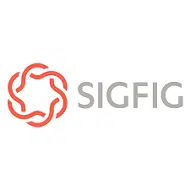

How does it work?
Account opening
SigFig made account opening simple. You answer six questions that help them determine your risk tolerance, financial goals, and time horizon. You choose from short-term, intermediate, or long-term goals, so don’t worry that you have to nail down your goals too specifically.
However, to use SigFig, you need a brokerage account at Charles Schwab, Fidelity, or TD Ameritrade. If you don’t have one, don’t worry, SigFig will set you up with TD Ameritrade by default. It’s a lengthier process if you don’t have an account yet, as it takes 3 to 5 business days to set it up.
Once you’re settled, SigFig creates a portfolio suggestion using the Modern Portfolio Theory across 9 asset classes. You then have two options – if you signed up for a SigFig account, they’ll manage the portfolio for you. If you’d rather do it yourself, you can take the advice and make the trades yourself.
Deposit and withdrawal
You can seamlessly link your checking account to your SigFig account for easy deposits and withdrawals. If SigFig has to settle assets to meet your withdrawal request, it may take up to 3 to 5 business days to complete.
Interface
SigFig has both desktop and mobile applications both of which are easy to navigate and use. You can manage your account and if you have any questions can click on the ‘Questions’ box at the bottom of each page that has a phone number. You can call and schedule an appointment with an advisor at any time.
The interface includes a portfolio tracker and reporting dashboards that are easy to read and use and are even available to those that just use the portfolio tracking component of SigFig and don’t have them managing their portfolio for them.
Accounts
SigFig manages all investment accounts including individual and joint taxable accounts, traditional and Roth IRAs, rollover IRAs, and trusts.
What can you trade?
SigFig’s portfolios are stretched across 9 asset classes including:
- Domestic stocks
- International stocks
- Emerging markets
- Bonds (U.S. and Municipal)
- Real Estate
- Treasury securities (inflation-protected and short-term)
- Emerging Market Sovereign Debt
Each asset is traded as an ETF, and SigFig diversifies your portfolio for optimal distribution.
Costs
Don’t let the $2,000 minimum investment scare you. If you can scrape together that much, you pay no management fees or commissions to SigFig. Your largest expense are the expense ratios paid to the ETF sponsors, but SigFig does its best to choose the lowest cost ETFs.
You only pay a fee when you have more than $10,000 invested. At that point, SigFig charges 0.25 percent of assets under management which is par for the course for robo-advisors and cheap for what SigFig offers.
Even investors that don’t want to use SigFig’s asset management features, can sign up for the portfolio tracker and for free receive weekly newsletters with guidance and support to manage their portfolio.
Additional features
- Human Advisors – This is an area SigFig really shines. Many robo-advisors don’t offer access to human advisors. All contact goes through the computer and sometimes you can send an email. SigFig, on the other hand, offers free unlimited human advisor interaction. You just need to set up an appointment and can get the advice you need.
- Customer service – If you have questions that don’t need a human advisor, but rather customer support, SigFig offers plenty of options for that too. Customer service is available Monday – Friday from 9 AM to 8 PM ET. They also offer email and chat support.
- Research – Since SigFig does the management for you, they don’t offer a ton of research, but they did have a heavily populated blog with plenty of educational materials for you to learn from and implement in your life. The blog has gone ‘missing’ since April 2020, though.
Screenshots / Tutorial
The first $10,000 are managed for free.
SigFig Pros and Cons
FAQ
Is SigFig safe?
SigFig doesn’t take custody of your money – so it’s not up to them whether your money is safe. As far as SigFig is concerned – yes, they are safe.
While advice from any broker or person, for that matter, carries its risks, the largest risk would be with broker failure from one of the three brokers SigFig works with, but each is SIPC insured, which means your money is protected.
Is the SigFig Portfolio Tracker worth it?
Considering SigFig’s Portfolio Tracker is 100 percent free, what do you have to lose? You answer the same questions you’d answer if SigFig was managing your account, but instead of them making the trades – you make them. You can have your account at any broker and get the advice you want in a weekly email.
Does SigFig use tax-loss harvesting?
If you have at least $10,000 of assets under management, SigFig offers tax-loss harvesting as well as other tax-advantaged options. They do what they can to keep your tax liabilities as low as possible including whitelisting accountings, which means they hold onto any existing assets that are similar to what SigFig suggests so you avoid the tax implications of selling an asset.
Does SigFig have a lot of cash drag?
Cash drag means you have money sitting unattended and not earning interest, since SigFig doesn’t have a cash account. Fortunately, SigFig doesn’t let cash sit. They aim to have only as much cash as is needed to cover your fees (if any) and all other funds are invested. This means they also reinvest any dividends, keeping your cash drag to a minimum.
Does SigFig manage 401K accounts?
SigFig won’t manage your 401K, the robo advisor of choice when it comes to managing your 401K is Blooom. What you can do with Sigfig, however, is get the same Portfolio Tracker advice on them as you could any other account. This is a great service for those with a 401K that don’t think it’s performing well or that they’re overpaying on fees, which is very common with 401K accounts.
Does SigFig automatically rebalance managed accounts?
Like many other robo-advisors, SigFig automatically rebalances your accounts, but only if they manage them. If you just have Portfolio Tracker, they will suggest changes, but it’s up to you to rebalance the account. SigFig rebalances continuously on managed accounts.
Can SigFig manage just a portion of your portfolio?
This is a unique feature that SigFig offers. Yes, if you only want a portion of your investments managed, you can set that up – they don’t require that you give access to the full portfolio. If there’s a portion of your portfolio that you struggle with or question, let SigFig handle it for you while you manage what you know.
Alternatives
SigFig vs Fidelity Go
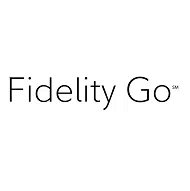
You won’t get a chance to talk to a human advisor like you do with SigFig, but some people feel better with the ‘big’ name. Fidelity Go, like SigFig is free until you have more than $10,000 invested.
SigFig vs Betterment
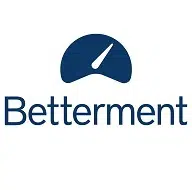
They charge 0.25 percent of assets under management, but that’s the going rate for robo-advisors today. You can open a taxable and retirement account at Betterment and they invest across 12 asset classes including socially responsible investment options.
SigFig vs Personal Capital

Once you have $200,000 invested, you get a dedicated team of two advisors that help you through your investments. If you’re looking for a cross between a robo-advisor with a human touch, Personal Capital is great for those with the required investment.
SigFig vs Wealthfront
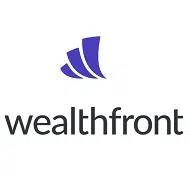
SigFig vs Mint
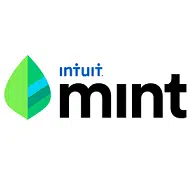
You can also look at individual account performances to see how you’re doing, but you won’t get advice or investment suggestions. Mint is good for those that already use it for budgeting and just want to have everything in one place.
Current Promotions
There are currently no promotions.
Worth It or a Scam?
When something is free, you use it, right? That’s how I feel about SigFig. If you aren’t sure about handing over management control to SigFig quite yet, why not try the Portfolio Tracker? It’s free and it gives advice that you can implement yourself.
Try it out for a while and see how it feels. If you like it and want more, see what you can do about transferring your account to one of the three brokers they work with if you don’t already have an account there.
Even if you sign up for the full account – it’s free until you have more than $10,000 invested, so there’s not a lot to lose.
Summary
If you want to be in-the-know about your portfolio, SigFig is the way to go. No other program offers the same in-depth analysis and breakdown of your portfolio.
Check out the free version and see what you think of their advice. When you’re in control of your account, you can decide if what they suggest is right for you or not.
Michael is a senior writer at The Robo Investor. He earned his master’s at the Craig Newmark School of Journalism at CUNY, and is currently taking CFP courses at the University of Scranton. He has been an avid finance enthusiast ever since he started investing at the age of 23. Meet the Team

